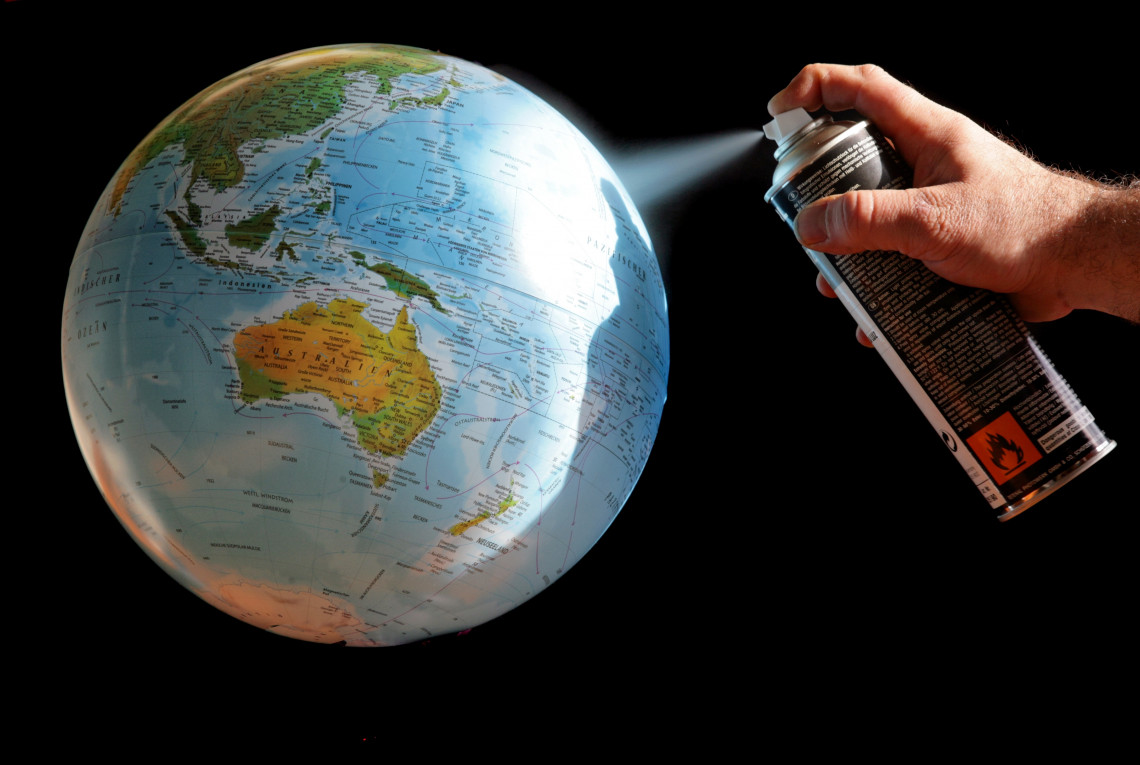How do air pollutants affect the climate?
Discussions about greenhouse gases usually include mention of common terms such as methane and CO₂. However, air pollutants such as particulate matter and ammonia do no less damage to the climate, since they can also act as greenhouse gases or serve as precursor compounds of them.
Air pollutants are substances in the air that can compromise human health and the environment. They can come from natural or anthropogenic (i.e., man-made) sources. Natural pollutants include soot and sulfur dioxide, which are produced by volcanic eruptions. Particulate matter and carbon monoxide caused by traffic are examples of anthropogenic air pollutants.
Air pollutants are mainly found in the lowest layer of the atmosphere (troposphere), although they can move from there into higher layers. Despite very low concentrations, they play a major role in determining chemical processes in the atmosphere and impact the climate as well as air quality. Scientists hypothesize that the increased temperatures that global warming entails may lead to higher concentrations of ozone and particulate matter. At the same time, air pollutants also affect how much solar radiation is reflected and prevent the Earth’s long-wave thermal radiation from escaping into space. Simply put, they retain some of the radiation on Earth, leading to further warming. Pollutant regulations can counteract this effect.
Quellen:
https://www.iass-potsdam.de/de/ergebnisse/dossiers/luftverschmutzung-und-klimawandel
https://www.deutsches-klima-konsortium.de/de/klimafaq-8-2.html
https://www.eea.europa.eu/de/signale/signale-2013/artikel/klimawandel-und-luft
https://www.greenfacts.org/de/glossar/pqrs/primaerschadstoff-sekundaerschadstoff.htm




